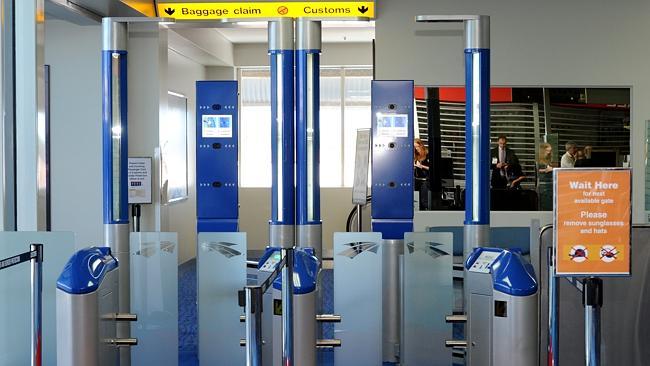Dodgy travellers to be caught midair
SUSPECT travellers coming to Australia in the future could be identified while still airborne, thanks to new technology.

Travel News
Don't miss out on the headlines from Travel News. Followed categories will be added to My News.
SUSPECT travellers coming to Australia in the future could be identified while still airborne.
Immigration Minister Scott Morrison has outlined how technology will help catch criminals and identity fraudsters while cutting queue time for legitimate passengers.
The use of electronic passports, biometric data collection such as facial recognition technology and information swapping between countries is set to be ramped up.
In future, travellers coming from overseas will provide border clearance documents at the airline check-in desk.
Australian authorities will receive the information while travellers are flying and will be able to run security checks against information from other countries.
Upon arrival in Australia, passengers will pass through SmartGate, the automated passport control system, and the biometric data on their passports will be checked against the travellers. Border protection officers will intervene if people are deemed a security risk; otherwise, passengers will walk free in less than a minute if they get the all-clear.
By 2016/17, a quarter of the 42.9 million passengers expected to pass through Australian airports will use the system.
“These systems ... both expedite the legitimate traveller and provide the best possible chance of identifying risk to Australia’s security long before it reaches our border,” Mr Morrison told a Biometrics Institute conference in Sydney.
Since the disappearance of Malaysia Airlines flight MH370, Mr Morrison says there’s increased public willingness to provide biometric data to prove identity.
Two passengers on the missing plane were travelling on stolen passports and likely to be asylum seekers.
Countries are starting to sign information-sharing agreements that include swapping travellers’ biometric data, biographical information, travel and identity documents and people’s criminal and immigration histories.
The information sharing is also helping to catch asylum seekers arriving by plane who have had refugee claims rejected elsewhere.


